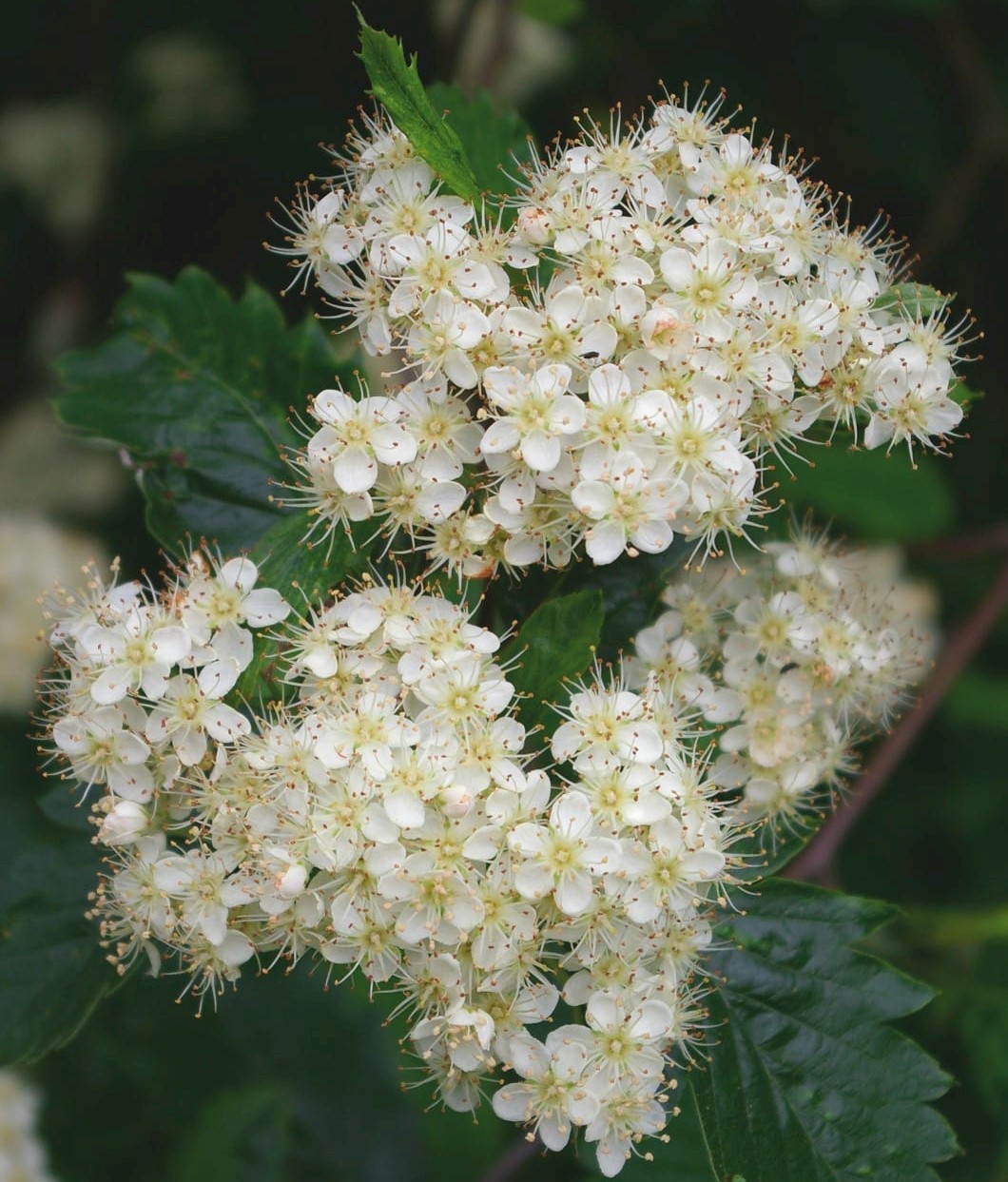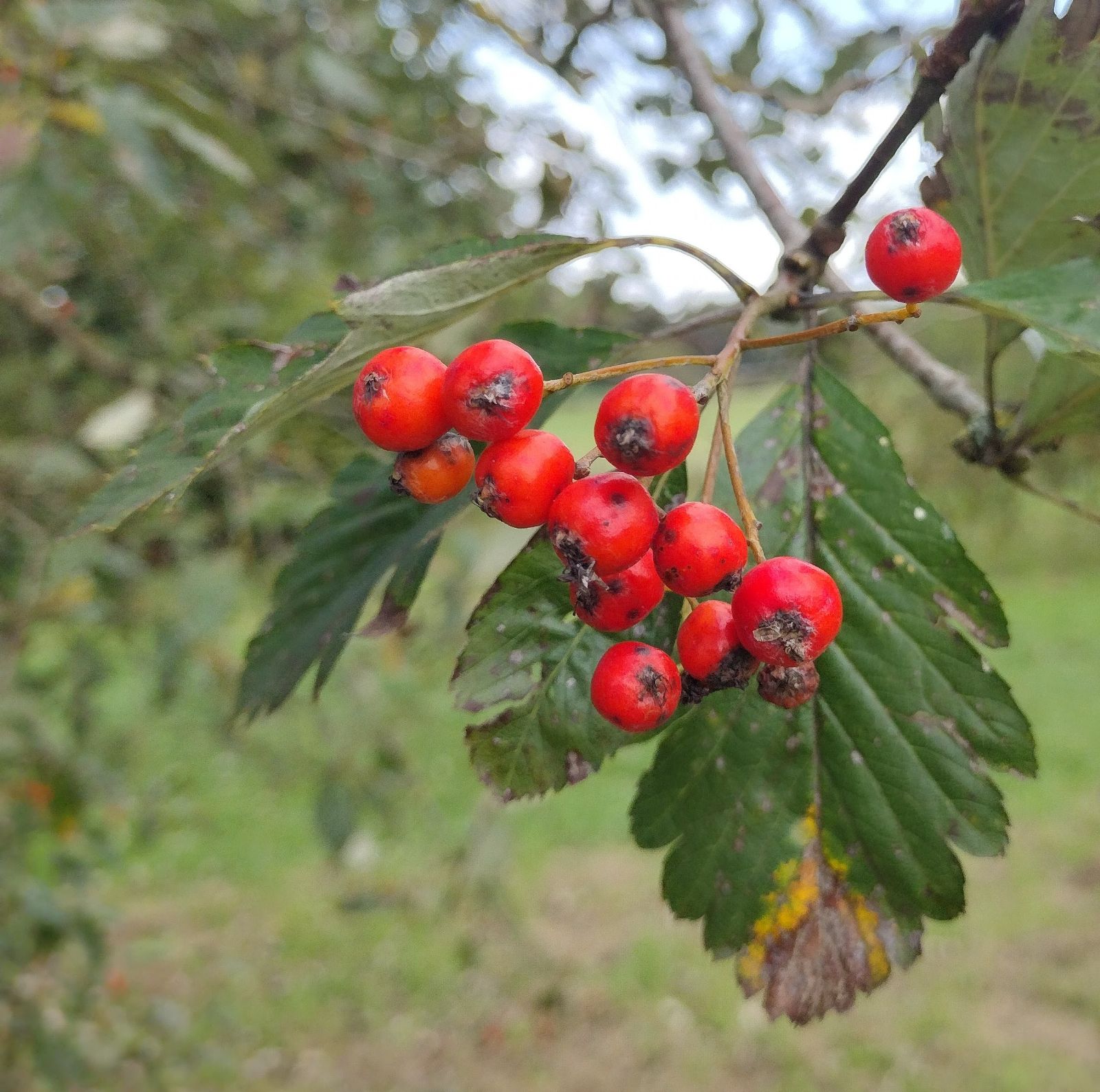Hedlundia tamamschjanae
Credits
Article from New Trees by John Grimshaw & Ross Bayton
Recommended citation
'Hedlundia tamamschjanae' from the website Trees and Shrubs Online (treesandshrubsonline.
Genus
Synonyms
- Pyrus gabrieljanae M.F.Fay & Christenh.
- Sorbus tamamschjanae Gabrieljan
Editorial Note
The text below is from New Trees (Grimshaw & Bayton 2009) who discussed this taxon under the name Sorbus tamamschjanae. We have created this hybrid article – New Trees text under the correct modern name, with appropriate synonymy – whilst we await sponsorship to enable a full revision of this genus to be written. We are re-organising the Sorbus sensu lato articles in this way to enable a new revision of Sorbus sensu stricto to commence in 2023, and to bring the nomenclature of this complex group of plants up to date in line with modern treatments.
TC, September 2023.
Shrub or tree to 8 m. Buds ovate, 0.4–0.6 cm long. Leaves 2.5–9 cm long, ovate, upper surface dark green, lower surface greyish white-pubescent, margins deeply lobed to almost pinnate at the leaf base and on immature shoots, apex subobtuse. Inflorescence 4–11 cm diameter, with 25–60(–90) flowers. Flowers 1.5–1.8 cm diameter. Fruit orange, 1.2 cm diameter, no lenticels. Gabrieljan 1972. Distribution ARMENIA; TURKEY: eastern Anatolia. Habitat Open mixed forest or scrub, between 1500 and 2600 m asl. USDA Hardiness Zone 5–6. Conservation status Not evaluated. Illustration More & White 2003; NT814, NT818, NT825. Taxonomic note This species is almost certainly the Armenian equivalent of S. arranensis, probably the result of hybridisation between one of the local tetraploids of the Aria aggregate (S. hajastana, S. takhtajanii, or perhaps even S. subfusca) and Armenian S. aucuparia (H. McAllister, pers. comm. 2007).
The deeply lobed leaves of Sorbus tamamschjanae make it recognisable among the Armenian species (see p. 817), but it cannot be said to be particularly exciting.


